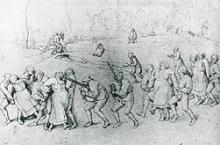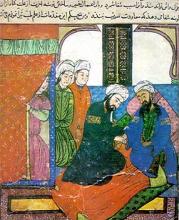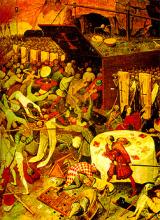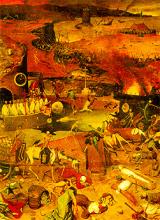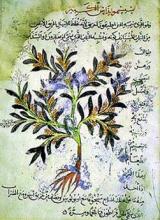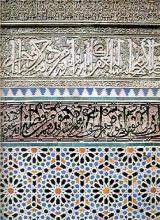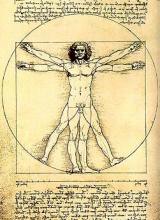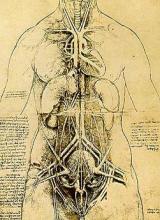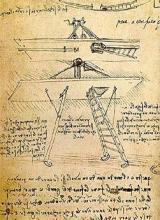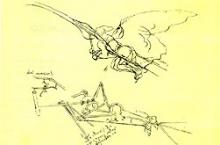Occidental Christian Civilization
It is in the Western Christian civilization that the process of giving birth gets to be most complicated, given the sexual moral, the reppressive religion, that makes sex a sin, a sin that must paid for with the pains of childbirth.
This civilization has based itself upon the fusion of the Church with he State, in Constantine’s time, who ordered the destruction of Plato’s Akademia.
Greek knowledge gets dispersed through the Mediterranean and continued to be translate and kept by the Arabians.
Until the arrival of the Crusaders, the confessionary was an escape valve. With the end of the last Crusade, in 1204, the Crusaders, a mixture of priests and warriors, are used in sexual and religious reppression, initiating there an era of acts-of-faith, of the tortures on the wheel, of the burnings at the fire and the inquisition.
The obstetrical knowledge of the ancient civilizations is forgotten. Medications based on superstitions are given by priests or nuns.
The filth of the cities, without sanitation, with big populations, makes the Bulbonic Pest, in 1350, to sweep through Europe from the Sardinia to the Iceland. In 50 years half the population dies in the epidemics. The Jews are accused of being responsible for the plague.
The Church declares that sorcery is an exceptional crime and must be judged by the Inquisition. Common warranties are suspended and the confession through torture is stimulated. At that time, doctors, who were also astrologists (see Hipocrates) worked in hiding, and only the most mediocre subjected themselves to the imposed order.
The Church, in its wish to destroy the cultural manifestations of the cultures existing before Christianism, resulting from oral traditions like the agricultural calender, the gathering of plants according to the phases of the moon, labeled as pagan, finally imposed real damage on Europe.
It is around the year of 1400 that the lay doctor appears, to attend to the armies of the Italian republic, under the protection of bankers and traders. Leonardo da Vinci, painter, responsible by the first studies of anatomy and many inventions, used in the war machine of the Borgia family, is an example.
In 1600 Giordano Bruno was burned alive for the defense of the ideas of Copernico Galileus, in 1632, had his publishing of “A Dialogue about the Two Main Systems of the World” included in the Index Librorum Proibitorum, where it remained for more than two hundred years. This index is so extensive that it serves as a reference by itself for the works listed.
In 1663 the priest Urbais Grandier, of the city of Loudin, is accused of sorcery. Dr. Claude Quillet, a doctor from the city, identifies the fraud in the exorcism process that accuses the priest, and wishes to give a deposition in front of the Inquisition commission; he is arrested and only escapes by fleeing from Italy. The priest ends by being burned.
In Spain, Isabel of Castilla wins over the Arabians and conquers Granada. The Jews are expelled in 1492. Columbus, on this year, arrives in America.
The Inquisition continues to exist in Portugal and Spain until 1826.
Cabral “discovers” Brazil. The arrival of the Portuguese, and with them the Jesuit, destroys the local values.
